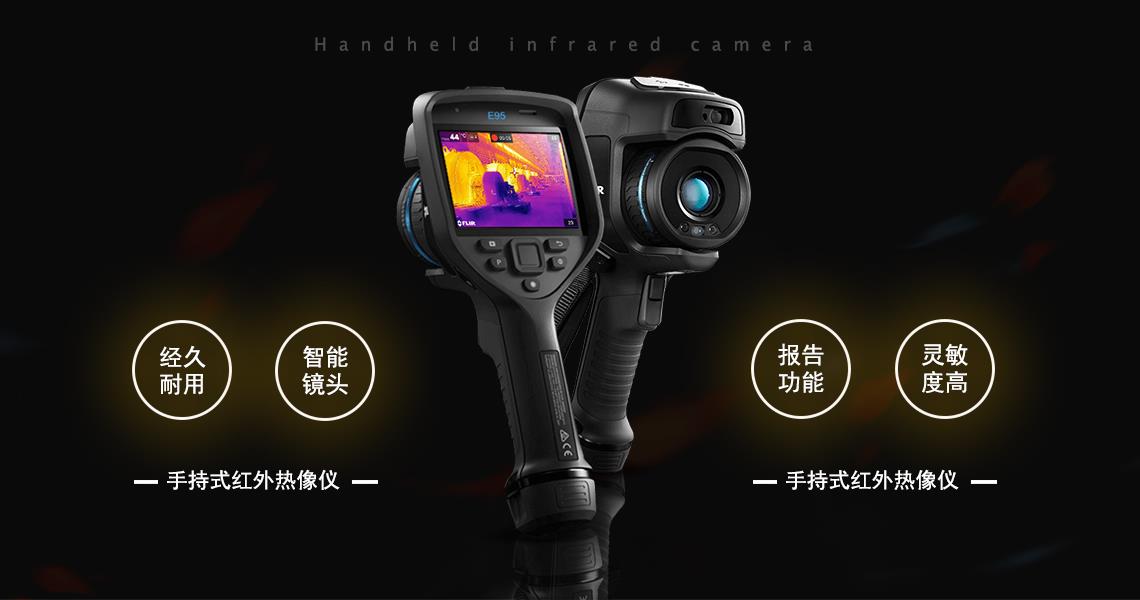Composition of thermal imaging:
1, electronic components and display components, these two components are the converted electronic signal processing, and the electronic signal into the visible light image, so that the human eye can observe the specific appearance of things;
2, processing software, this is the computerized part, it can analyze and process the image, showing the temperature of the object and the size of the temperature difference of each part.
3, infrared lens, ordinary lens can only receive visible light, for the radiant light is unable to sense and receive, and infrared lens can receive and converge the infrared radiation emitted by the object under test;
4, infrared detector, this isThermal imaging InstrumentAmong the very important conversion components, the information collected through the infrared lens belongs to the radiation signal, and the infrared detector can convert these radiation signals into electronic signals;
Features of thermal imaging:
1. Universality
Objects around us are able to emit visible light only when their temperature is more than 1000 ℃. By contrast, all objects around us with temperatures above zero degrees ( -273℃) are constantly emitting hot infrared. For example, we can calculate that the thermal infrared energy emitted by a normal person is about 100 watts. Therefore, thermal infrared (or thermal radiation) is a wide range of radiation in nature.
2, thermal radiation
The size of the thermal radiation energy of an object is directly related to the temperature of the surface of the object. This characteristic of thermal radiation allows people to use it to carry out contactless temperature measurement and thermal state analysis of objects, thus providing an important detection means and diagnostic tools for industrial production, energy conservation, environmental protection and so on.
3. Penetration
The atmosphere, smoke clouds and so on absorb visible light and near infrared, but the 3~5 micron and 8~14 micron thermal infrared is transparent. Therefore, these two bands are called the "atmospheric window" of hot infrared. Using these two windows allows people to clearly observe what is ahead of them on a completely light-free night, or in a cloud of smoke and clouds. It is because of this feature that thermal infrared imaging technology militarily provides advanced night vision equipment and an all-weather front-view system for aircraft, ships and tanks. These systems played a very important role in the Gulf War.

Related Industry Knowledge
- Three resolution of the thermal imaging camera
- The application of Fluke thermal imaging camera in architecture
- Techniques for measuring Infrared Thermal Imager
- Technical index of infrared thermal imaging camera
- What are the advantages of thermal imaging cameras?
- Do you know how thermal imaging cameras work?
- How to choose an on-line thermal imaging camera
- Wide application of infrared thermal imaging camera
- What are the applications of thermal imaging cameras in the electronics industry
